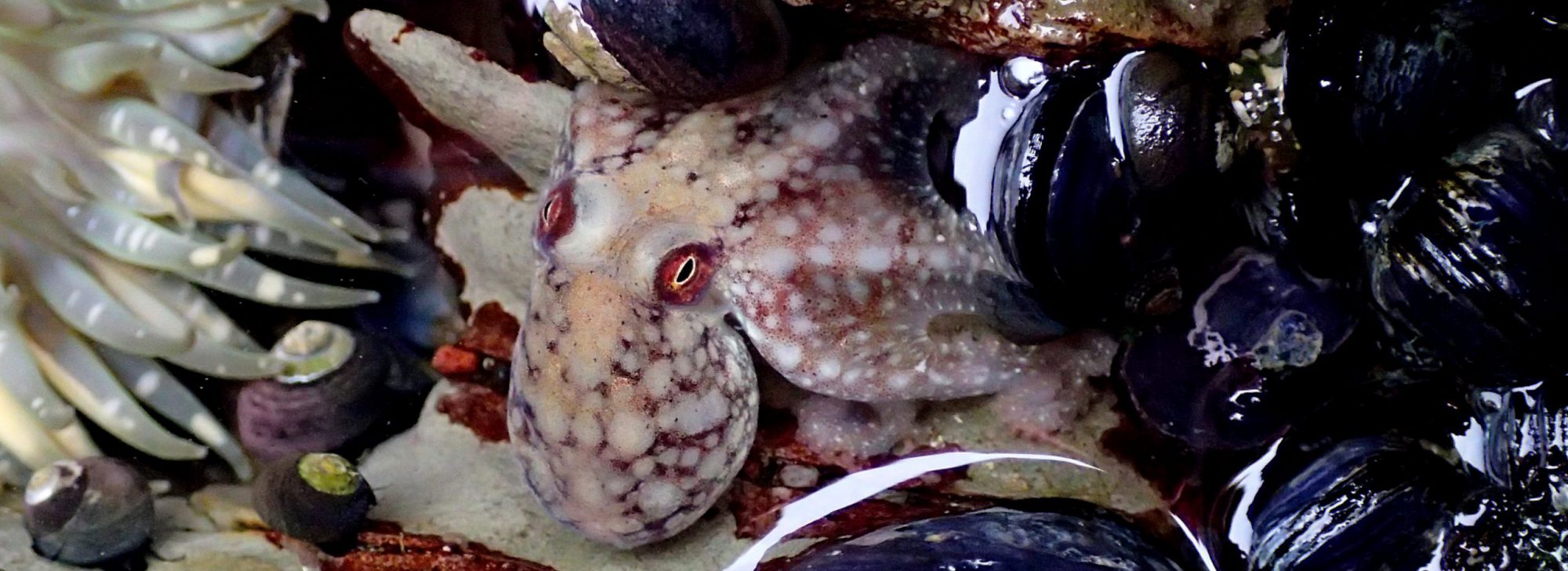The best thing about where we live is that all we have to do is walk to the edge of the back deck and we’re looking down into wild-ish nature. I say “wild-ish” because while it is one of the natural arroyos common on the central California coast, there is a utilities access road at…
The problem with shells
The Dendronotus veligers are still alive. I’ve been running into the same difficulties I’ve always had when trying to rear nudibranch larvae: hydrophobic shells that tend to get stuck in the surface tension of the water. Larvae that are trapped at the surface can neither swim nor feed. We can pretty easily rear sea urchin…
The veligers are on their way!
Today a lot of my Dendronotus eggs had hatched on their own, swimming through the water as bona fide veliger larvae. Nudibranch larval culture has officially started! These bad boys are much more spherical now–whew!— which makes me think that pointy-shell thing I saw last week was an artifact of their premature hatching. Now they…
Location, location, location!
Every spring the barn swallows return to the marine lab, not exactly on the first day of spring as in San Juan Capistrano, but I always know it’s really spring when they arrive. They build their mud nests against the eaves of the buildings, and spend time chattering at us from the fences. However, the…
Veligers!
The marine gastropods and bivalves go through a larval stage called a veliger. This larva gets its name from the ciliated structure, called a velum, that the animal uses for swimming. Veligers have shells–1 for gastropods and 2 for bivalves–and can withdraw the velum into the shell. Even gastropods that lack shells as adults, such…
Slugs and sex
What better way to start a new blog than to talk about sex? This morning at the Seymour Center I noticed a blob of what looked like nudibranch eggs on the wall of one of the tanks. Looking around for the likely culprit I saw three big nudibranchs on the tank. Ooh, cool! This is…

